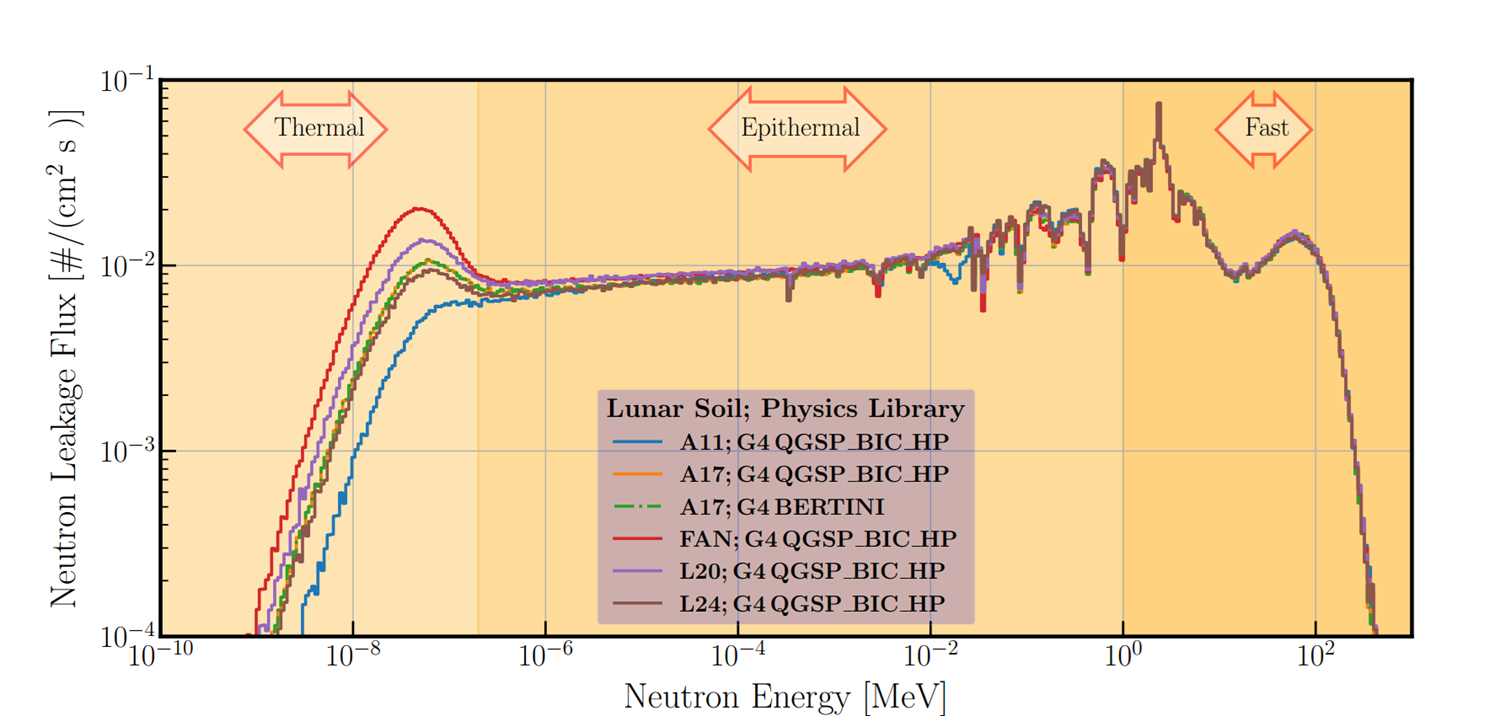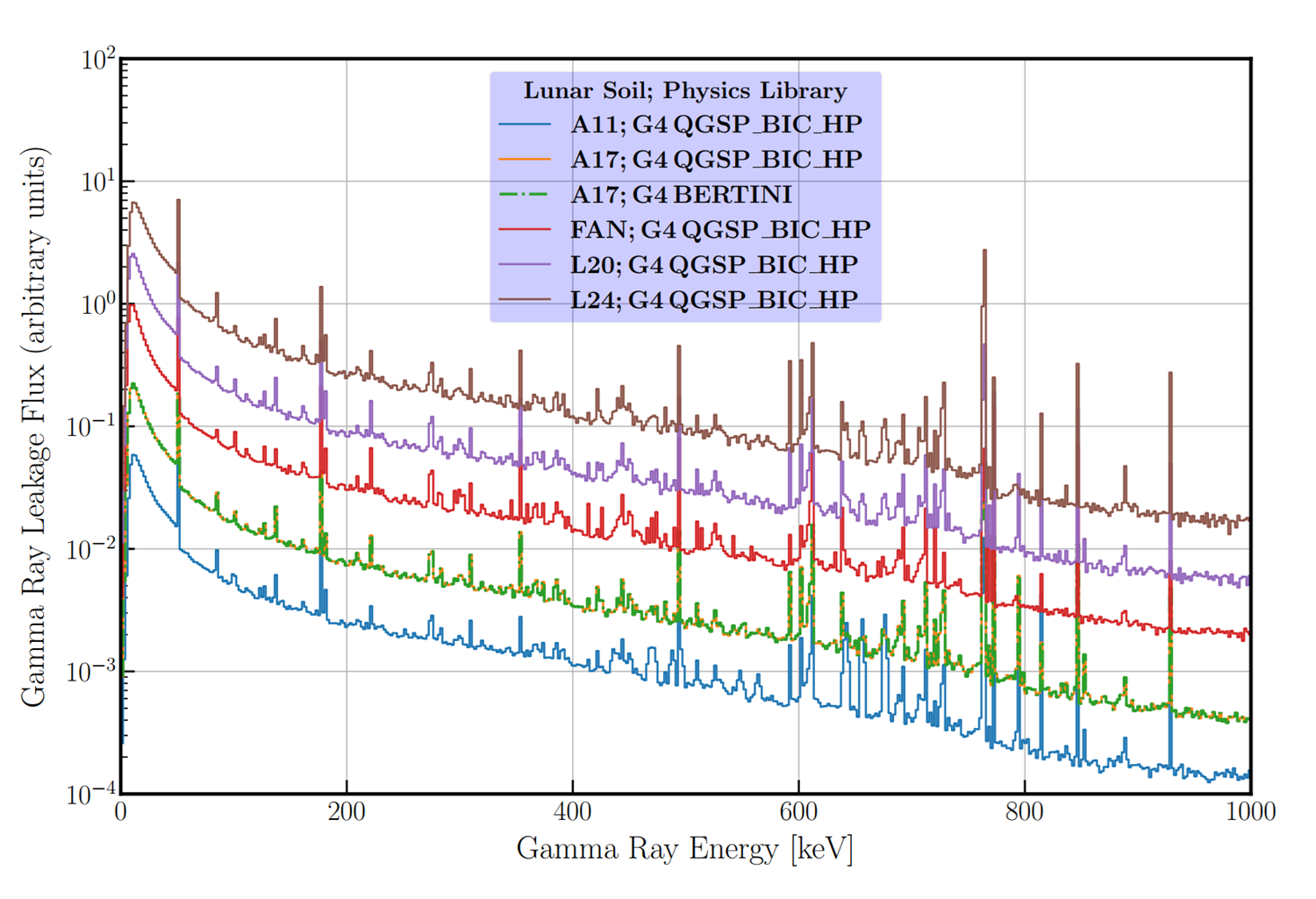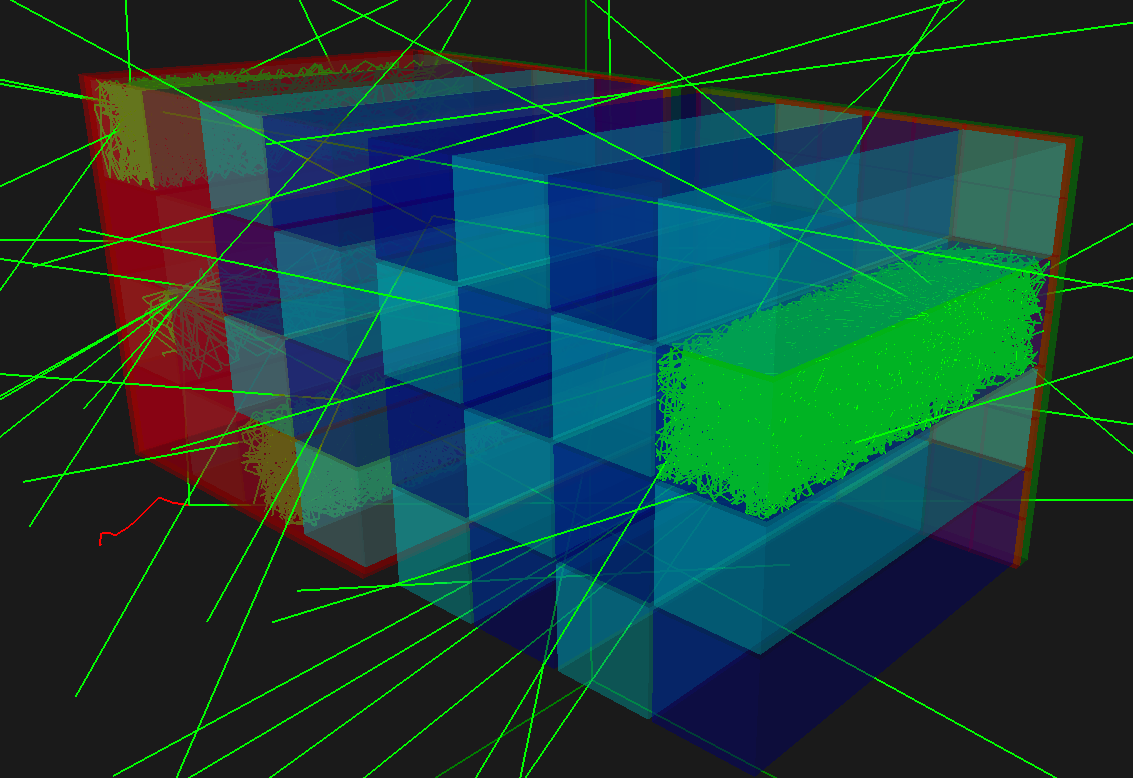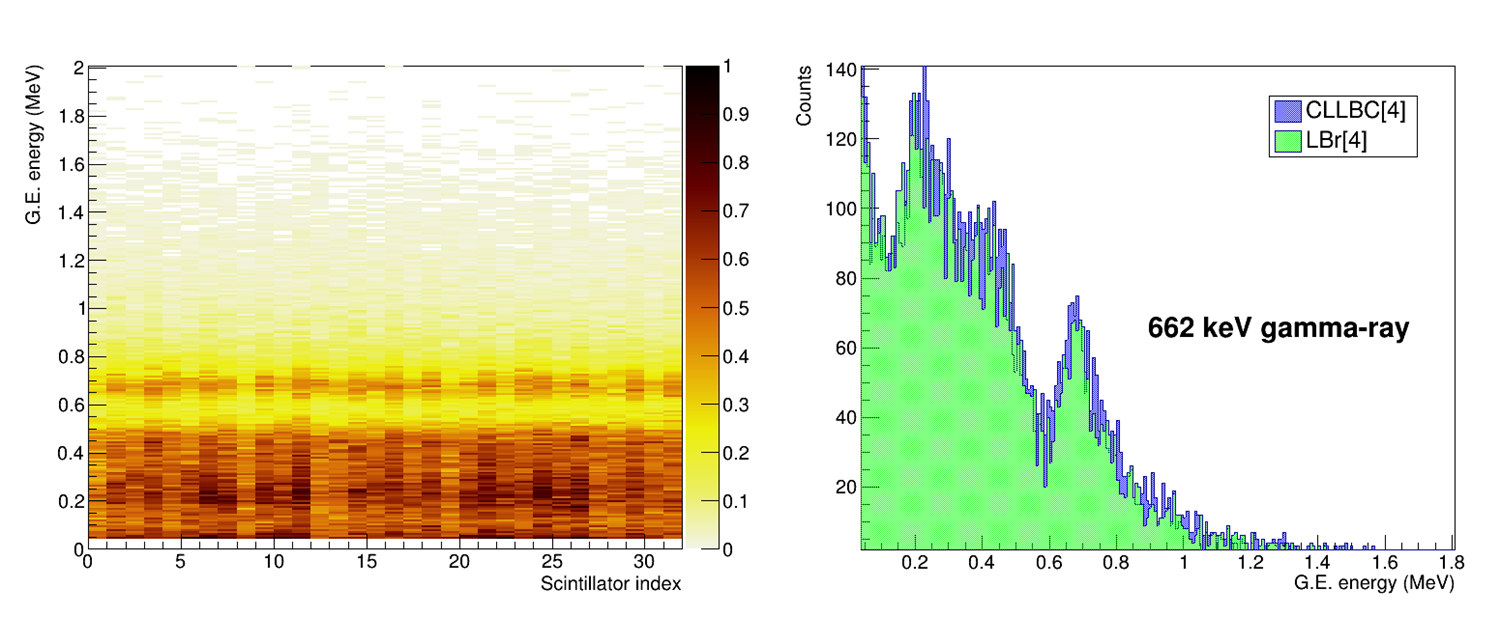A Compact Lunar Neutron and Gamma-Ray Spectrometer on Board SER3NE mission
- 1University of Oslo, ITS, Department of Technology Systems, Kjeller, Norway (anja.kohfeldt@its.uio.no)
- 3University of Glasgow, SUPA School of Physics and Astronomy, Glasgow, Scotland, UK
The Compact Lunar Neutron and Gamma-ray Spectrometer (CLUNGAS) is targeting planetary science and in-situ resource utilisation (ISRU) such as mapping sub-surface water on celestial bodies. CLUNGAS is the primary payload in the small lunar mission proposal for Selene’s Explorer for Roughness, Regolith, Resources, Neutrons and Elements (SER3NE).
SER3NE is a small satellite mission performing gamma-ray and neutron spectroscopy, hyperspectral near-infrared spectroscopy, and laser altimetry, roughness, and albedo observations at unprecedented spectral and ground resolution. The aim is to: characterise the lunar surface to unravel its volatile origin and delivery processes, uncover the geological processes that shaped the Moon to prospect lunar resources for ISRU at future landing sites, estimate the neutron lifetime and the orbital evolution of the Earth-Moon system.
In this paper, we present the preliminary design of CLUNGAS tailored for the SER3NE mission, as well as environmental analysis to determine design parameters for the detector.
CLUNGAS is a compact solid-state detector capable of gamma-ray imaging in the range of 30 keV - 8 MeV with an energy resolution of < 4% FWHM at 662 keV as well as the detection of thermal to epithermal neutrons The primary detecting material is a CLLBC (Cs2LiLa(Br,Cl)6:Ce) dual-mode scintillator capable of both high-resolution gamma-ray spectroscopy and thermal to epi-thermal neutron detection. The preliminary detector layout aims for a 4x4 chessboard design where CLLBC is accompanied by lanthanum bromide (LaBr3), as depicted in figure 3, for improved gamma-ray – neutron distinction.
The detector core scintillators are surrounded by plastic scintillators serving as an anti-coincidence shield against highly charged particles. Mitigation techniques for secondary neutrons generated by impact of Galactic Cosmic Rays (GCR) and Solar Energetic Particles (SEP) on the spacecraft will be evaluated as well.
The detector readout is based on the ROSSPAD module provided by IDEAS, hosting the low power space-grade detector read-out integrated circuit (ROIC) SIPHRA coupled to a number of Si photomultipliers (SiPM). SIPHRA is radiation tested and has flight heritage.
The power consumption will be below 4W per module and the instrument weight below per unit, with the scintillator volume and shielding requirements as the main design driver. The proposed instrument consists of two units, one covered with few mm thick Gd shield, enabling the distinct detection of both thermal and epithermal neutrons. It will fit into 2U, with the electronics being compatible with the PC104 format. We plan to keep the form factor also for other missions and demonstrations on other platforms.
Using existing data, such as Apollo and LP, we can estimate the expected lunar radiation environment. This is vital to tune the detector design and estimate the background noise such as secondaries generated by the spacecraft itself. The use of Geant4 allows us to track the creation of secondaries (e.g., protons, electrons/positrons, Kaons, muons, pions, and gamma-rays) and their transport in the shallow planetary sub-surfaces. Figure 1 shows the expected neutron flux generated in different lunar soil types due to Galactic cosmic ray impact. The ratio between thermal and epi-thermal neutrons count rates allows for the identification of different sub-surface elements, such as hydrogen content and thus the potential amount of water in the soil. The gamma-ray leakage flux for different lunar soils is presented in figure 2. With the gamma-ray spectrum the composition of the soil can be characterised.
Further, we simulated the response of the preliminary detector design. Figure 3 shows the simulated design in Geant4, with the green light symbolising scintillation photons. Figure 4 visualises the gamma-ray response for 662 keV (Cs-137) stimulation. In the summed energy spectrum over all scintillators, the 662 keV peak, as well as Compton radiation, clearly is visible. Figure 5 demonstrates the detection of neutrons in CLLBC scintillators by the peak of gamma-equivalent energy at 3.2 MeV, as well as effect of the thermal neutron shield (here Cd). Detected neutrons in the shielded CLLBC scintillators are reduced by almost 50%, which is equivalent to the expected number of thermal neutrons in the non-shielded peak.
First measurements with an engineering model, based on the terrestrial version of the ROSSPAD module provided promising results. We tested the read-out electronics and CLLBC scintillator with various gamma sources, such as Cs-137 and Co-60, as well as neutron source AmBe and were able to demonstrate the spectroscopy capabilities within the targeted specifications, as well as the detection of thermal and epithermal neutrons.
In conclusion, we are developing a hybrid gamma-ray and neutron detector for lunar ISRU onboard the SER3NE mission. Detector simulations and laboratory demonstrations show the capability of neutron and gamma-ray spectroscopy. Environmental simulations support the detector design and prepare for future science data analysis.
Next steps are fine tuning and verification of the detector simulation model, extended measurement campaigns of an engineering model, as well as adaption of the electronics design to accommodate spacecraft interfaces.

Figure 1 : Neutron flux spectra for the following lunar compositions: A11, A17, FAN, L20 and L24. We have used the following Geant4 Physics libraries: 1) QGSP, and 2) BERT. The full neutron energy range from thermal to fast neutron is shown.

Figure 2: Gamma-rays flux spectra for the following lunar compositions: A11, A17, FAN, L20 and L24. We also have used the following Geant 4 Physics libraries: 1) QGSP, and 2) BERT. The different spectra present arbitrary normalisation.

Figure 3 Simulated detector design in Geant4. 2 units with a 4x4 chessboard with CLLBC and LaBr scintillators, one unit covered in 0.5mm Cd foil. Inter-scintillator shielding with 0.5mm Al.

Figure 4: Gamma-ray detection capability with simulated detector design in Geant4. Left: Gamma equivalent energy spectrum for each scintillator for gamma source. Right: summed energy spectra over all scintillators, Compton radiation and expected peak at 662keV.
Figure 5: Neutron detection capability with simulated detector design in Geant4. Left: summed energy spectra for both scintillators. Right: comparison between the Cd covered and the uncovered unit.
How to cite: Kohfeldt, A., Al Jebali, R., and Alves Teodoro, L. F.: A Compact Lunar Neutron and Gamma-Ray Spectrometer on Board SER3NE mission, Europlanet Science Congress 2024, Berlin, Germany, 8–13 Sep 2024, EPSC2024-580, https://doi.org/10.5194/epsc2024-580, 2024.